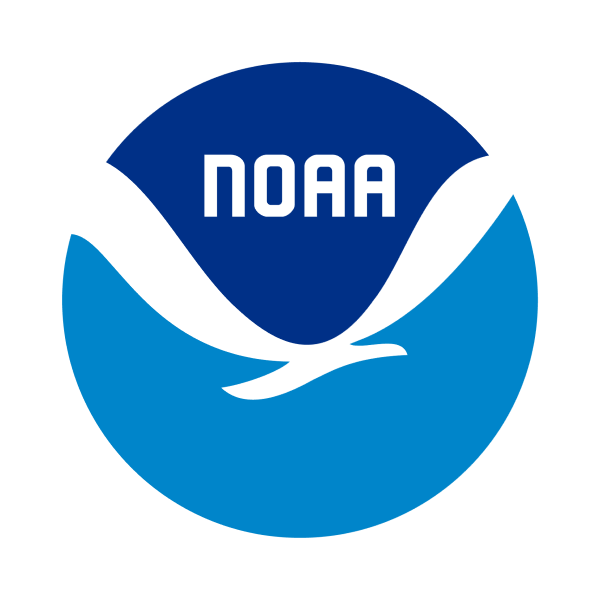With support from a NOAA Marine Debris Community-based Removal Grant, the Mariana Islands Nature Alliance, expanded local waste management infrastructure by installing mixed-waste and recycling bins at seven locations on the island of Saipan. The project also produced a marine debris educational video, available in English, Chamorro, and Carolinian, the two indigenous languages of the Commonwealth of the Northern Mariana Islands.
00:01 (Narrator) This is the ocean. This ocean provides
00:06 food shelter and protection. This ocean
00:10 provides for us we should take care of
00:12 it, like it takes care of us.
00:16 This ocean is for me this ocean is for
00:20 you this ocean is for your brother and
00:25 sister. This ocean is for your father and
00:28 mother. This ocean is for your children
00:33 and grandchildren this ocean is ours.
00:37 [Music]
00:44 [Music]
00:55 [Music]
01:02 But the ocean is in trouble. For years
01:05 our trash has been entering into our
01:07 waters. Trash that takes years to break
01:10 down. Trash that doesn't belong in the
01:13 water, we call this trash marine debris.
01:18 Marine debris is defined as solid, man
01:21 material in the ocean. The most common
01:24 type of marine debris is first plastic
01:26 then glass, paper, and fishing lines.
01:30 Fishing nets and gear left in the ocean
01:32 can cause a lot of damage harming and
01:35 destroying fragile habitats. Marine
01:38 debris can either be direct from a ship
01:41 or ocean platform, indirect from storm
01:44 drains etc., intentionally disposed or
01:47 unintentionally abandoned. The bottom
01:50 line is that marine debris comes from us.
01:53 Sometimes
01:54 the debris is so tiny you can barely see
01:57 it in the water. Oftentimes fish and
02:00 other marine animals mistake it for food
02:03 whether it's a plastic bag mistaken for
02:06 a jellyfish, or shiny object and glass
02:09 resembling a tiny sea creature, marine
02:12 debris can be very small, very big, or
02:16 anything in between. In the ocean marine
02:20 debris is on the surface in the water
02:22 column and on the ocean floor and this
02:25 harms our coral reefs because heavy
02:27 debris will crush and damaged coral.This
02:30 harms us because we depend on food from
02:33 the ocean. It affects the environment, the
02:36 economy, fishing, navigation, our health,
02:38 and our safety we need oceans full of
02:41 life not plastic.
02:58 [Music]
03:07 [Music] (Teacher) Hafa adai (hello) class. Let’s into the shoes of a marine animal who gets entangled by marine debris. So for this activity, you just need a regular size rubber band. What you’re going to do is hook the rubber band across your pinkie finger, stretch it across the back of your hand and hook it on to your thumb. Now you’re going to take your other hand and put it around your back and you’re going to try and remove the rubber band using only your entangled band, and not your teeth and your other hand. You have 15 seconds.
03:37 [Music] Were you able to free your hand from the rubber band? How did it feel while trying to remove the rubber band? It was hard. So this activity demonstrates what it might be like for a marine animal who gets entangled in marine debris. Common examples are sea birds entangled in fishing line and turtles entangled in rope or ghost line.
04:14 These animals are not like us who can
04:16 easily untangle ourselves. They end up
04:18 dying. Animals are harmed through
04:20 entanglement or ingestion.
04:44 (Teacher) Are you ready for another activity? So this is called the Plastic Break down. You need a piece of scratch paper, any size. And what we are going to do is rip the piece of paper into smaller and smaller pieces until you can no longer rip it anymore.
04:50 [Music] (Teacher) Ok, you how small they are? So it isn’t exactly the piece it used to be but it hasn’t completely disappeared, right? This is how plastics work. So, they break down into these teeny tiny pieces, called microplastics. These tiny pieces are especially harmful for marine animals because they can ingest them by accident. They are also super difficult to remove from the marine environment. Ok, so let’s talk about the top five types of marine debris worldwide. We have cigarette butts, plastic food wrappers, plastic straws, bottle caps, and plastic beverage bottles. What do all of these items have in common? They are all single-use items which means you use them once and then throw them away. What are some ways you can reduce your use of single-use items? Let’s take some time to brainstorm so we can reduce the amount of trash in our waterways.
05:53 (Narrator) If you said reuse, reduce, recycle, you've
05:58 got it!
05:59 You can purchase reusable or
06:02 biodegradable products and bring
06:05 reusable shopping bags to the grocery
06:07 store, but there are other things you can
06:10 do as well. You can get involved with the
06:12 local agencies and help out in their
06:14 community events. You can get together
06:17 with some friends and do a cleanup along
06:19 the beach or in another area that needs
06:22 it. When at the beach park or playground
06:25 dispose of all trash in the proper bins
06:28 or take your trash home with you. Another
06:31 thing you can do is prevention. Limit
06:34 your use of disposable items. Think of
06:37 where your trash is going and ask
06:40 yourself how you can keep it from
06:42 turning into marine debris. Serve as an
06:45 example to others. Encourage your friends
06:48 and family to keep the beaches and
06:50 oceans clean.
06:52 [Music]
07:18
07:24 [Music]
 An official website of the United States government.
An official website of the United States government. 